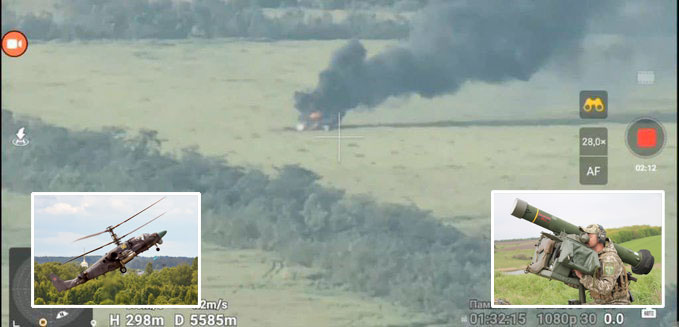 Ka-52 crashes after being hit by a Swedish RBS 70. Russian sources report that one of the two pilots died in the crash. Image: Telegram
Ka-52 crashes after being hit by a Swedish RBS 70. Russian sources report that one of the two pilots died in the crash. Image: Telegram
Swedish Weapon Takes Down Russia’s Best Attack Helicopter
The Russian attack helicopter Ka-52 is considered one of the world's best and has struck fear in Ukraine, where it has hunted down tanks and other armored vehicles, often beyond the range of many light anti-aircraft systems. However, it has met its match in the Swedish air defense missile system RBS 70, which has quickly led to significant losses for the Russian helicopter forces.
Published: September 6, 2023, 1:09 pm
The Swedish-manufactured air defense missile system RBS 70 has long been one of the Swedish defense industry’s more successful export products. While the system proved its effectiveness during the Iran-Iraq War in the 1980s (on Iran’s side), it had not been tested against its primary adversary until now.
After Sweden donated a classified number of RBS 70 systems to Ukraine in the spring, the system has been deployed in combat. In June, it was reported to have been used to shoot down several cruise missiles, but we were not able to verify those reports.
What has been confirmed is that since July 11, the RBS 70 has been used to shoot down several Ka-52 helicopters, Russia’s top attack helicopters. The Swedish weapon has proven to be a deadly adversary for the Russian attack helicopters, rendering their defense mechanisms ineffective.
“The World’s Best Attack Helicopter”
Ka-52, known as the “Alligator” in Russia and “Hokum-B” in NATO, has been called the “world’s best attack helicopter” by the Kremlin. While this claim may be disputed as there are other formidable contenders, the Ka-52 should not be underestimated.
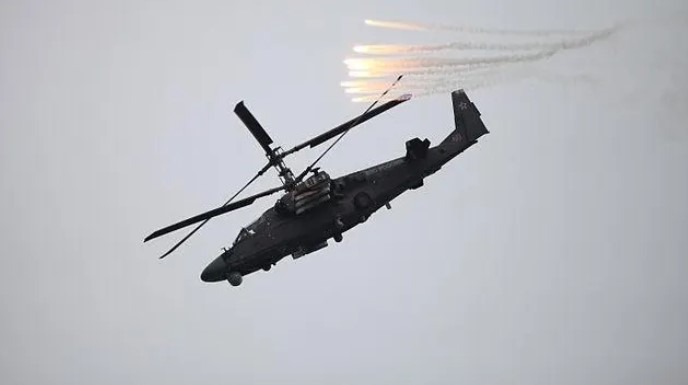
The Ka-52 Alligator is sometimes described as the world’s best attack helicopter but has met its match in the RBS 70. Its countermeasures, seen in this image in the form of IR flares that disrupt heat-seeking missiles, do not help against the Swedish weapon. Photo: Wiki
The Ka-52 is an advanced attack helicopter with dual rotors, heavy armor, high speed, and powerful weaponry, making it highly effective against Ukrainian armored vehicles. It can, for instance, launch armor-piercing Vikhr missiles at targets up to 10 km away.
In combat, the Ka-52 has proven difficult to shoot down. It often fires its missiles outside the range of Ukrainian defenders, and even when Ukrainian air defenses get close enough, it often takes multiple attempts to bypass the helicopter’s countermeasures. Once hit, some Ka-52s have managed to return to their base despite extensive damage. For instance, in mid-June, a damaged Ka-52 with its tail fin shot off managed to fly back to its base after being hit by Ukrainian anti-aircraft fire. This is an achievement impossible for other attack helicopters that depend on their tail rotors for flight. Shooting down a Ka-52 is, in other words, a significant feat.
At the start of the invasion, Russia had around a hundred of these helicopters. During the war in Ukraine, 42 Ka-52s have been confirmed shot down, destroyed on the ground, or captured. This represents a significant loss for Russia.
No Match for the Swedish Weapon
Sweden donated an undisclosed number of RBS 70 systems in the spring and has been training Ukrainian forces in their use in simulator systems since January of this year. Along with an undisclosed number of Giraffe 75 (PS-90) radar systems also donated by Sweden to Ukraine, Ukrainian defenders have been able to deploy these systems on both the southern and eastern fronts, as confirmed by sources on the ground.
Many military experts wondered how the Swedish-manufactured weapon system would perform against one of its primary targets: Russian attack helicopters and low-flying combat aircraft. It has turned out that the Swedish technology works exceptionally well against the otherwise feared Russian attack helicopters.
According to Ukrainian sources, the first Ka-52 was shot down with an RBS 70 on July 11 in the southern offensive. In that engagement, four Ka-52 helicopters and one Su-25 attack plane were reportedly shot down in the span of an hour. Russian troops were allegedly completely unprepared for the system, which rendered their countermeasures largely ineffective.
This was followed by the downing of another Ka-52 on July 16 near Donetsk in eastern Ukraine, as documented by Ukrainian news channels. The next Ka-52 was shot down at 07:43 on July 25, also in the Donetsk area. The downing was confirmed by Russian news channels. Ukrainian sources attribute this kill to the 38th Marine Corps.
We have been able to confirm two more downed Ka-52 helicopters from the recent offensive around Robotyn in southern Ukraine. One occurred on August 17 and was captured on film from the firing position, showing Ukrainian soldiers shooting down a Ka-52 approximately 8 km away. Another incident was documented on August 18, just hours after another Ka-52 was shot down near Donetsk.
Ukrainian Brigade’s Revenge – with Swedish Weapons
Unconfirmed reports suggest that the number of Ka-52 helicopters shot down in a short period in southern Ukraine may have been even higher. According to Global Defense Corp, which reports on military news and equipment, at least seven Ka-52 helicopters were shot down in just the past two weeks on the southern front, thanks to the Swedish RBS 70 systems, which are said to have made an incredible difference in the offensive.
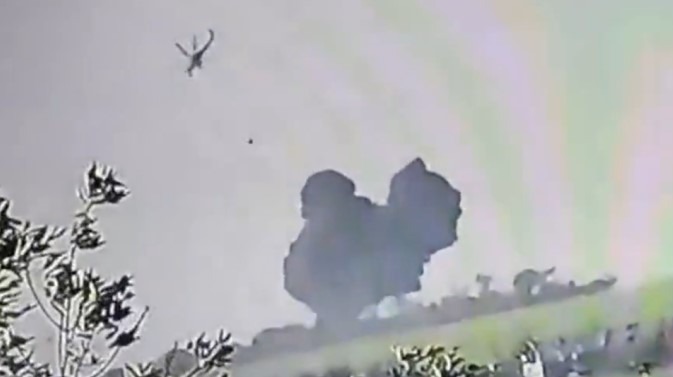
The moment a KA-52 crashes in a cloud of fire and smoke after being shot down around Robotyn in southern Ukraine. Image: Telegram
“The Russian defense and countermeasure systems provide Ka-52 with excellent protection against several types of anti-aircraft missiles. Sometimes we wasted one or two Stingers [an American shoulder-fired anti-aircraft missile] on the same target, only to see it fly away unharmed after the missile missed. But they can’t fool the RBS 70. We aim and take them down with every shot. Like a hot knife through butter. They don’t stand a chance,” says a Ukrainian soldier with the 47th Mechanized Brigade known as “Ilja” to Free West Media.
It’s a bitter revenge for the 47th Mechanized Brigade because the Russian attack helicopters were responsible for significant losses during their initial offensive south of Mala Tokmachka on June 8. In that engagement, a large number of vehicles got stuck in a minefield and were subsequently attacked by a group of Ka-52 helicopters, which knocked out several Western-supplied armored vehicles, including Leopard 2A6 tanks.
“Ilja” cannot confirm how many RBS 70 systems they have access to or how many targets they have shot down. However, he claims that there have been multiple successes, which he attributes to the ease of using the RBS 70 near the front.
“They are easy to move. You can set them up in minutes, and they have a very long range without making us a target. You can’t even see where we’re shooting from, so it allows us to reload and shoot at a new target, especially since Russian helicopters usually move in smaller units to provide each other with protection.”
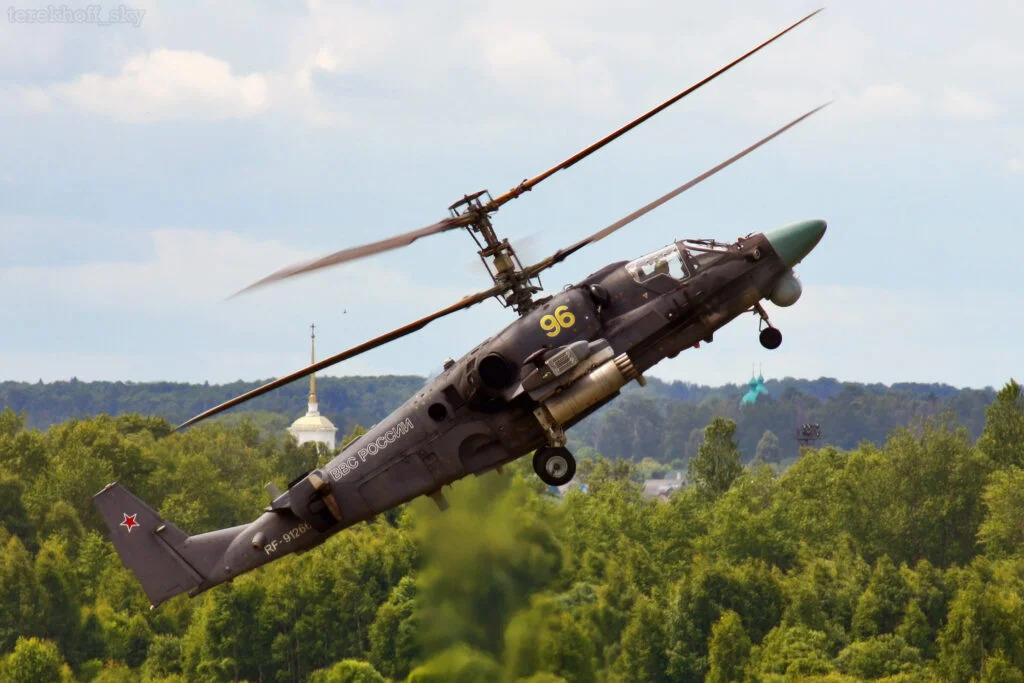
The KA-52 “ALLIGATOR” is sometimes called the world’s best attack helicopter but has met its match in the Swedish RBS 70. Photo: Russian Ministry of Defense
“Ilja” believes that the Russian tactic of having an MI-26 attack helicopter accompany a Ka-52 to disrupt radar, or having two Ka-52s cover each other, doesn’t work against what he jokingly calls “anti-aircraft IKEA.”
“Moving in an attack group formation offers no protection against us. It takes ten seconds to reload an RBS 70, and we have far more missiles than the Russians have helicopters.”
Facts: RBS 70 Air Defense System
One of RBS 70's greatest strengths is its unique targeting principle, which makes it very difficult to disrupt with countermeasures. The gunner directs an invisible laser beam toward the target. The missile follows the guidance beam through sensors located in the rear part of the missile body.
Since the missile "sees" the transmitter and does not have to lock onto the target itself, it is difficult to disrupt the system by, for example, using jamming lasers, IR, or other methods. On the other hand, it requires the gunner to constantly maintain visual contact with the target and aim at it. The missile is equipped with four motors positioned in the middle of the missile body, not to interfere with the laser sensor.
The system can be used in conjunction with various surveillance radar systems, such as the Giraffe 75 (PS 90), and recognition systems capable of identifying targets.
Total system weight: 87 kg, missile: approximately 15 kg
Length: 1.32 meters
Diameter: 106 mm
Range: 5-8 km depending on the model
Crew: 3-5 personnel
All rights reserved. You have permission to quote freely from the articles provided that the source (www.freewestmedia.com) is given. Photos may not be used without our consent.
Consider donating to support our work
Help us to produce more articles like this. FreeWestMedia is depending on donations from our readers to keep going. With your help, we expose the mainstream fake news agenda.
Keep your language polite. Readers from many different countries visit and contribute to Free West Media and we must therefore obey the rules in, for example, Germany. Illegal content will be deleted.
If you have been approved to post comments without preview from FWM, you are responsible for violations of any law. This means that FWM may be forced to cooperate with authorities in a possible crime investigation.
If your comments are subject to preview by FWM, please be patient. We continually review comments but depending on the time of day it can take up to several hours before your comment is reviewed.
We reserve the right to delete comments that are offensive, contain slander or foul language, or are irrelevant to the discussion.

New App Helps Locate Sweden’s Historic Runestones
A new app called Swedish Runestones will help locate historical gems.

Swedish military wants to remilitarize the Åland Islands
The demilitarized autonomy has previously been known as 'the islands of peace.
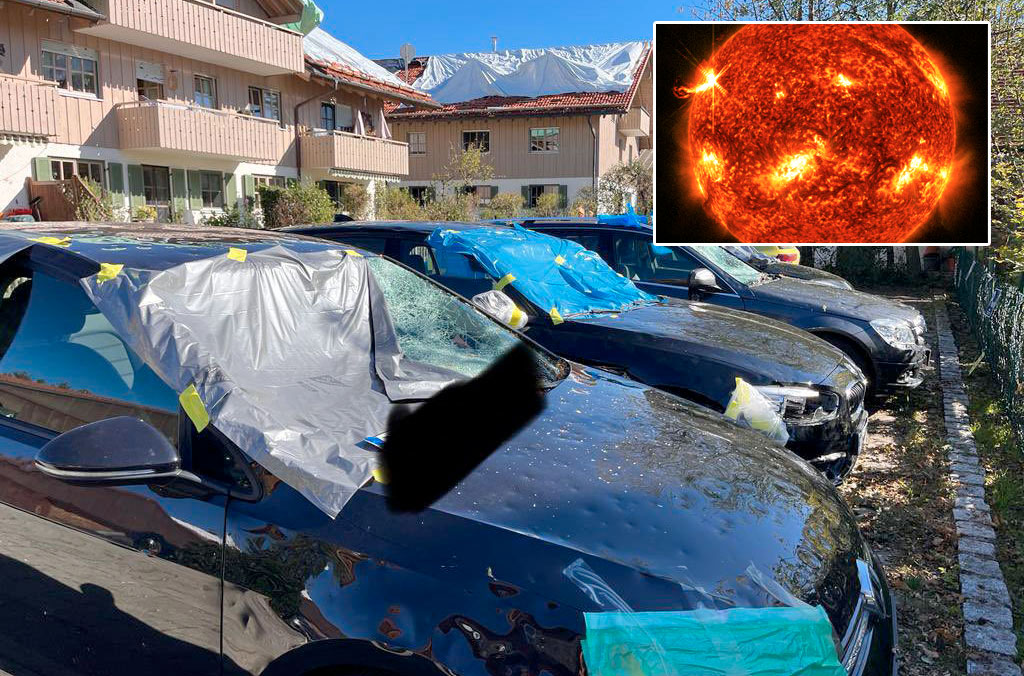
NOAA Predicts Zero Sunspots for Almost the Whole 2030s
CLIMATEThe United States' government scientific organization, the National Oceanic and Atmospheric Administration (NOAA), predicts zero sunspots from 2031 to 2040. This is an extreme situation that has not occurred in as long as humanity has been counting sunspots, and it leads us into uncharted territory in terms of our solar system. However, this prediction aligns with the warnings of the world-renowned solar researcher Valentina Zharkova for many years, who indicated in 2019 various signs of this catastrophic phenomenon, including the extreme hailstorms we have seen in Europe and the world this summer. The forecast and various observations this year give cause for very significant concern. In this unique analysis, Free West Media explains why.
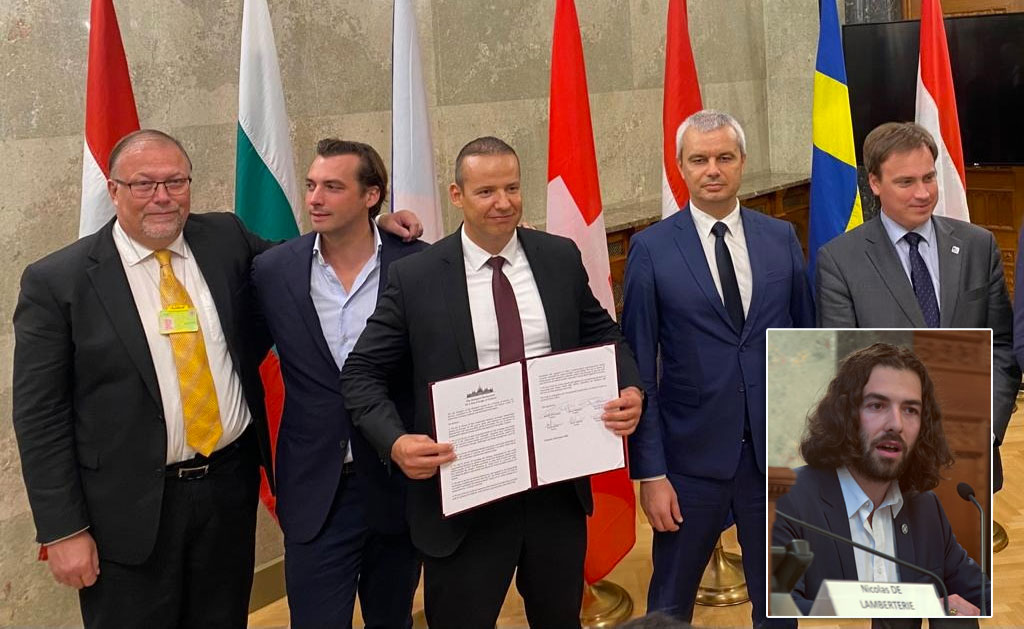
European Nationalist Parties Forge Cooperation Ahead of EU Elections
EUROPEAN ELECTIONSOn Saturday, August 26, representatives of six European nationalist parties gathered in Budapest. The meeting was initiated by the Hungarian party Mi Hazánk and took place in the national parliament. Representatives of the parties signed a joint declaration that not only reaffirms the parties' friendship but also their unity on a range of complex political issues. A surprisingly clear and radical manifesto was established. The hope is that this cooperation will lead to success in the EU elections and eventually result in the formation of a group in the European Parliament. For Swedish nationalism, this meeting marks a success as Sweden, for the first time, has a party represented in a leading nationalist cooperation in Europe. Free West Media was present at this historic event.

Turkey Believes Sweden Hasn’t Done Enough
Sweden will have to wait a bit longer for NATO membership, according to Turkey's Justice Minister Jilmaz Tunc. First, Sweden must extradite the "terrorists" Turkey wants and stop the desecration of the Quran.

The Sun Drives Earth’s Climate, Not Carbon Dioxide
Top Researchers Push Back Against Climate Lies."The correlation is as clear as day," explained the Israeli astrophysicist Nir Shaviv, who was hailed by the establishment, before his interview with Forbes was hastily deleted. What he says contradicts the climate narrative, which points to humans as responsible for Earth's climate. Shaviv firmly asserts that it is the sun that controls the climate, something that can be scientifically proven in many ways. Contrary to the popular belief, the sun's influence on Earth has, in recent years, caused unusually cold and rainy weather, a trend that solar researchers warn will worsen significantly in the coming decades. The sun has exhibited an unusually low activity since 2016, during Solar Cycle 24, which was the weakest in a century.
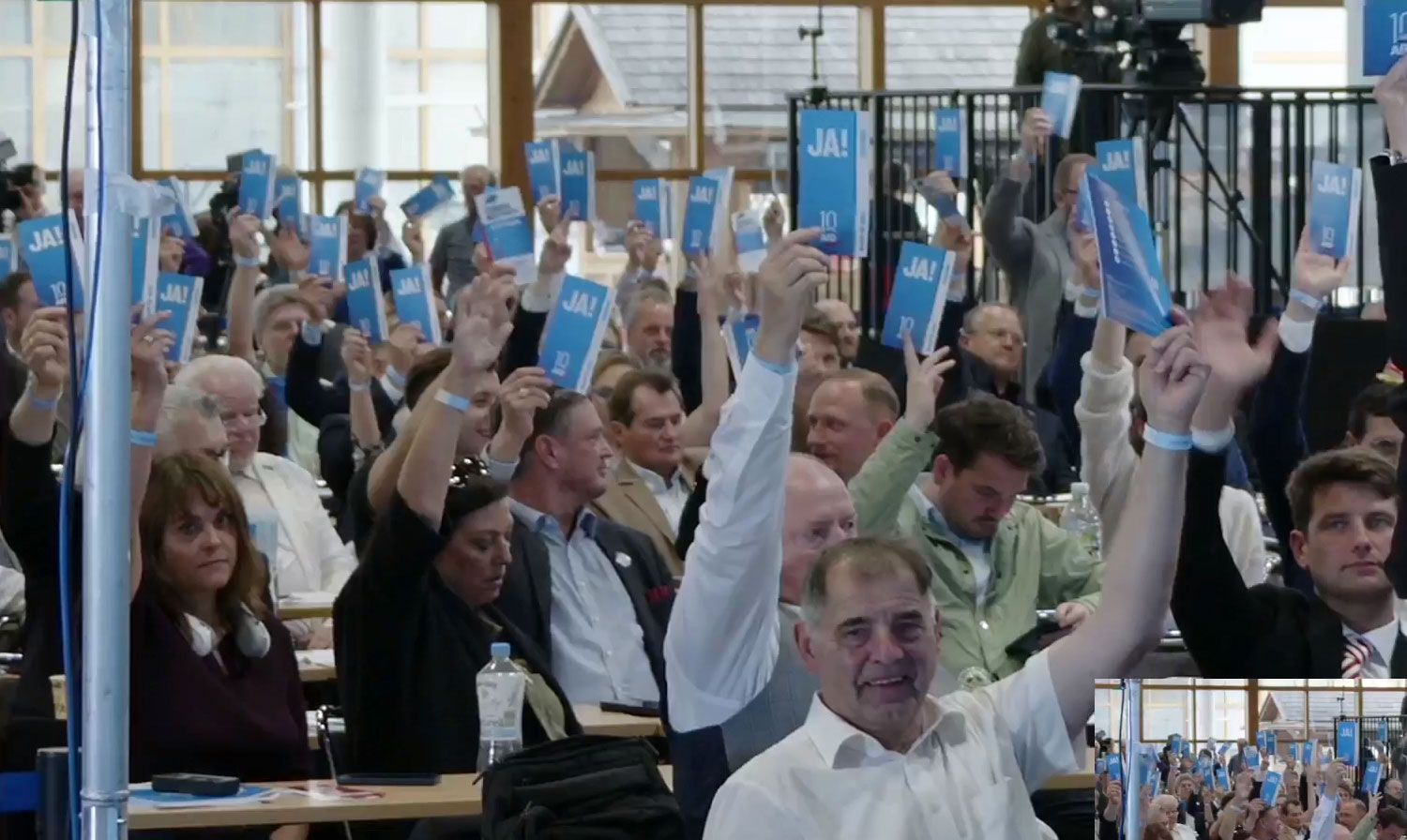
Strong Confidence in German AfD
Alternative for Germany (AfD) held a party conference on July 29-30 to select candidates for the upcoming EU election next year. EU Parliament member Maximilian Krah, belonging to the party's more radical, ethnonationalist faction, was appointed as the top candidate. The party's two spokespersons delivered powerful speeches criticizing the EU's failed migration policy and trade sanctions that isolate Europe and Germany from the rest of the world. They argued that it's time for the EU to return a significant portion of its power to national parliaments. However, they have dropped the demand for Germany to exit the EU.
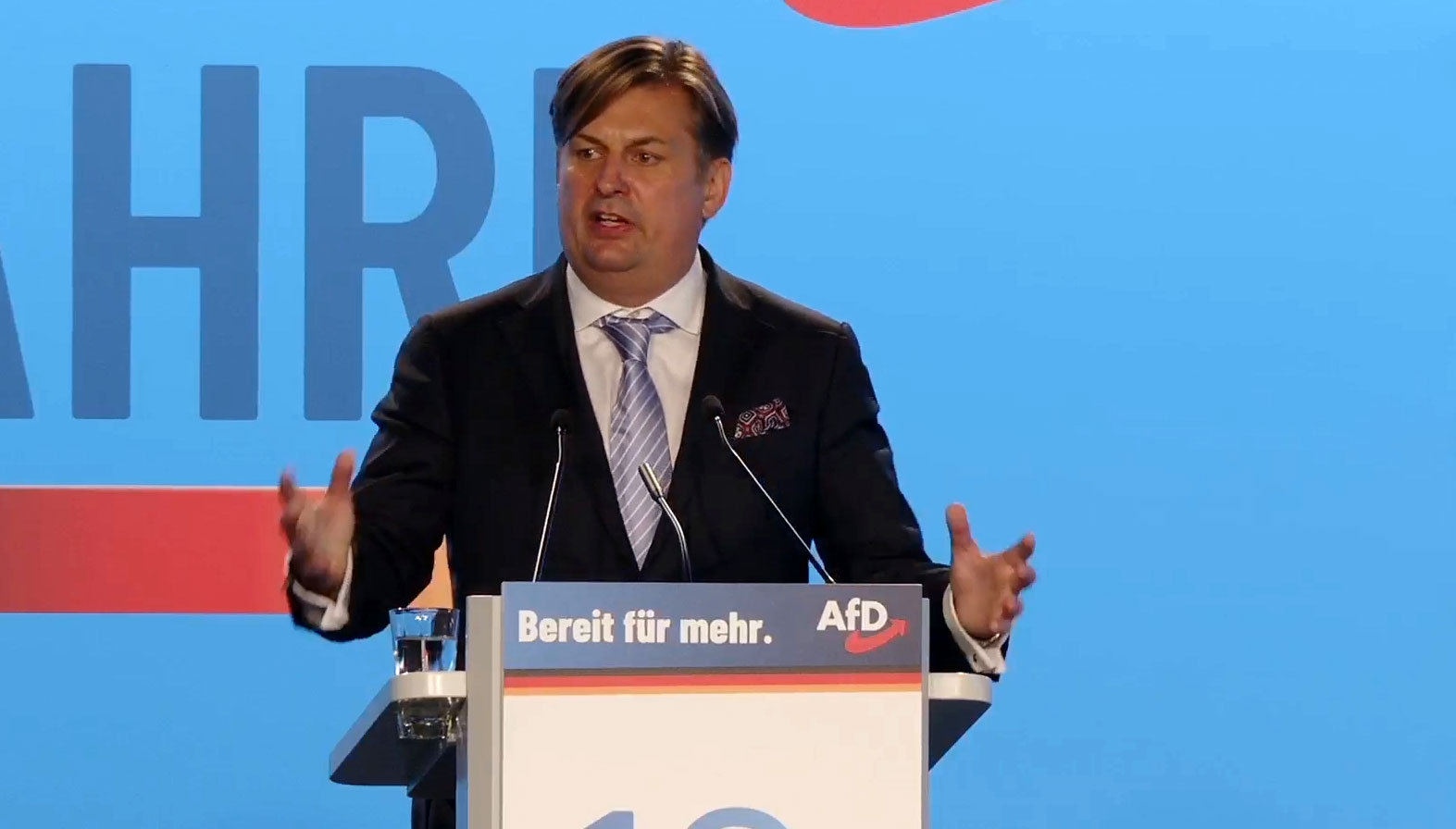
The Establishment Wants to Ban Germany’s Second Largest Party – for the Sake of Democracy
The rising popularity of AfD has raised strong concerns within the establishment. Despite lies and demonization in the media and isolation from the overall political establishment, the party continues to grow. Certain representatives of the party are accused of becoming increasingly "extreme," and in an unusual move, the influential weekly newspaper Der Spiegel demanded that AfD be "banned."

Dutch FvD break through the media blockade
What is happening in the Netherlands? It is often difficult to follow events in other countries, especially when distorted by system media. We give Forum for Democracy (FvD) the opportunity to speak out on the political situation in the Netherlands and the staunch resistance they face in trying to save the country.
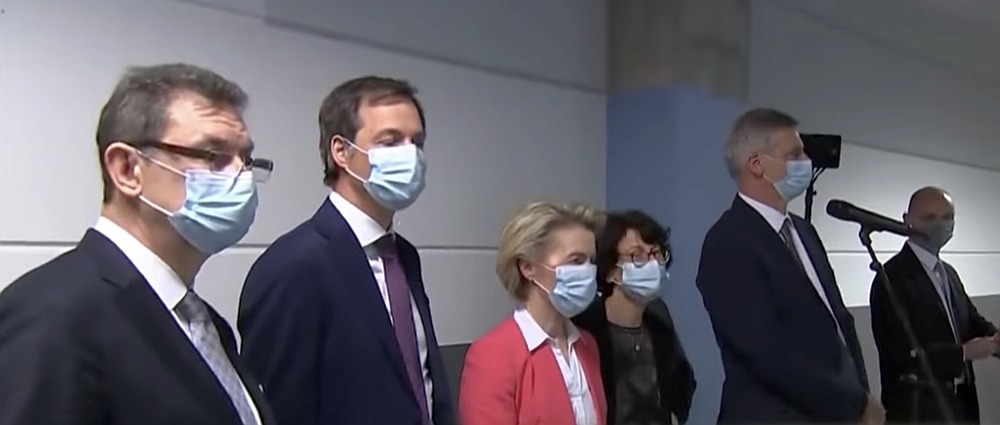
The Ursula von der Leyen Affair
After a criminal complaint in Belgium against the President of the European Commission, the so-called SMS-case, now takes a new turn. The judge responsible for the investigation will likely gain access to the secret messages exchanged between Ursula von der Leyen and Albert Bourla, CEO of Pfizer, at least if they haven't been deleted.


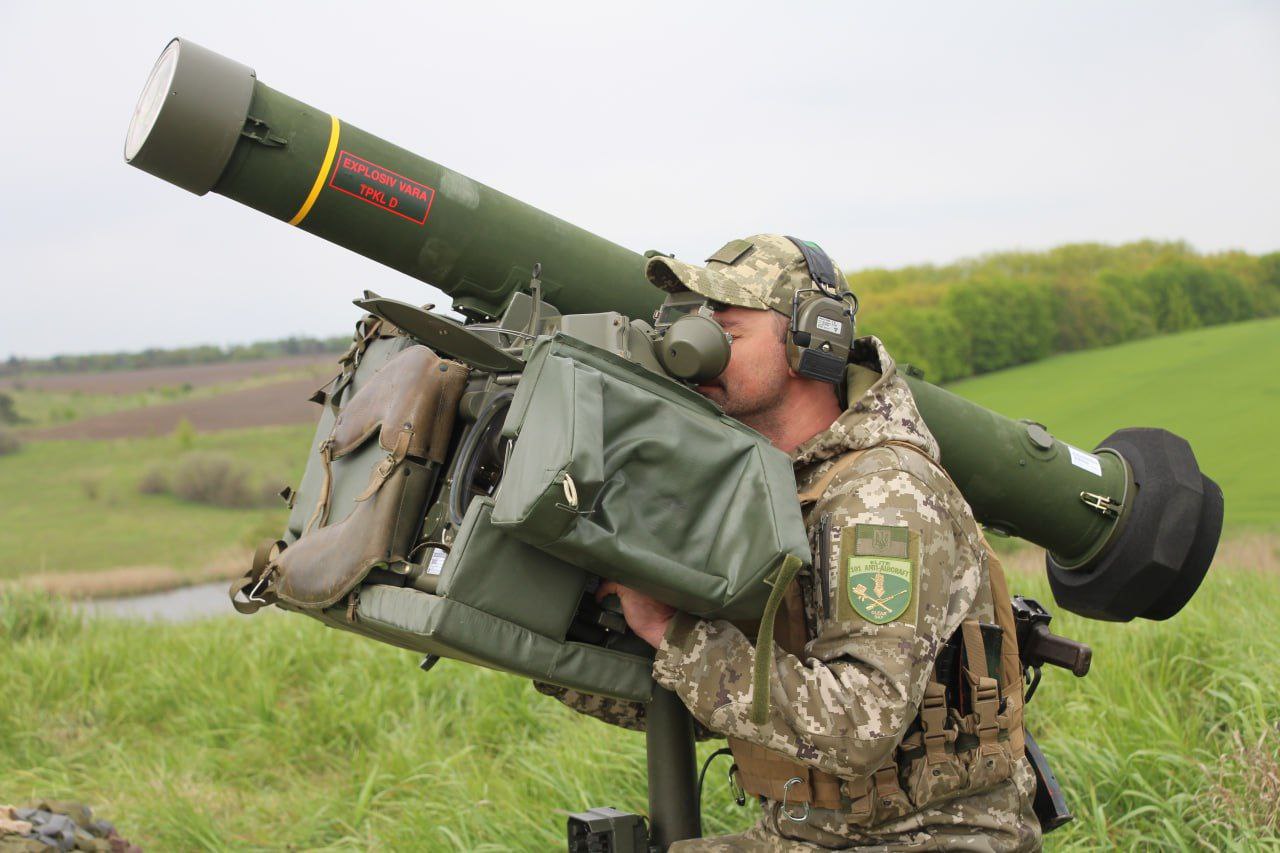
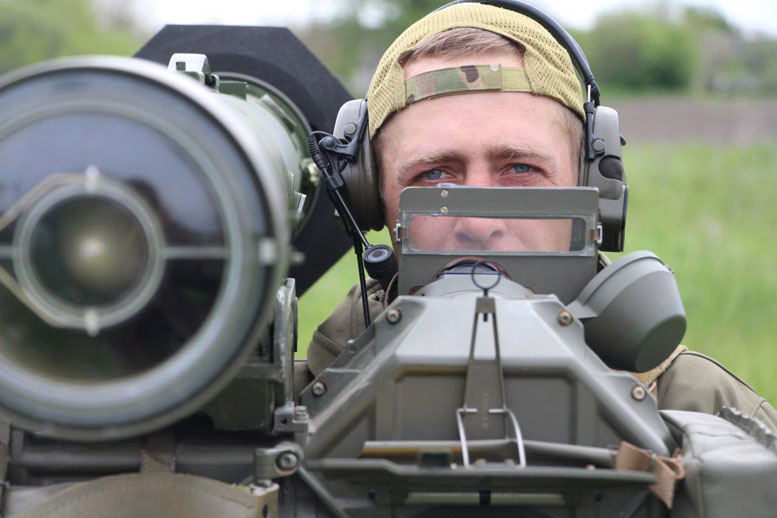
No comments.
By submitting a comment you grant Free West Media a perpetual license to reproduce your words and name/web site in attribution. Inappropriate and irrelevant comments will be removed at an admin’s discretion. Your email is used for verification purposes only, it will never be shared.